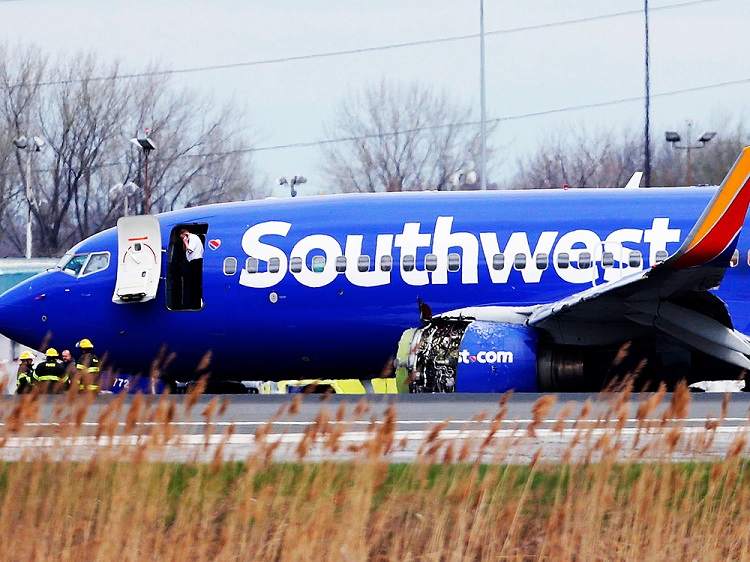
On April 17th, 2018, as Southwest Flight 1380 flew over Pennsylvania, a fan blade shattered in one of the Boeing 737’s engines. The resulting uncontained engine failure flung shrapnel into the aircraft’s fuselage, destroying a window and claiming the life of passenger Jennifer Riordan.
Jet engines on commercial aircraft are built to contain malfunctions within the engine casing, as pieces from the engine can exit at a high rate of speed. An uncontained failure is one in which the shrapnel escapes the engine housing.
The faulty fan blade was produced by CFM International, a joint venture of General Electric and France’s Safran S.A. This manufacturer had been under increased scrutiny since Southwest Flight 3472 suffered a similar uncontained engine failure over Florida in 2016.
In the case of Flight 3472, metal shrapnel also sliced into the fuselage and breached the protection barrier. With pressure escaping from the cabin, oxygen masks dropped and the pilots were forced to bring the aircraft into a descent so that passengers could breathe. The front edge of the jet’s wing, horizontal tail stabilizer, and winglet were also damaged.
At this point you may be asking why this tragedy was allowed to happen after the FAA, the manufacturer, and the airline all knew there was a problem. The answer is as ugly as you’d think.
Continue reading “Safety vs Profit: The Pursuit of a Fatter Bottom Line Claims Another Life” →
